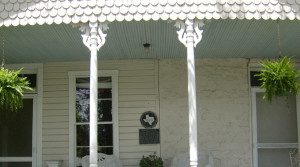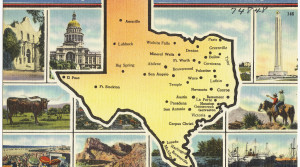Texas has emerged as a significant hub for the cryptocurrency industry, combining its pro-business regulatory climate, abundant energy resources, and a tech-savvy population. As blockchain technology continues to disrupt traditional financial systems, Texas is quickly becoming a hotspot for innovation in the crypto space.
Why Texas is a Crypto Hub
Several factors contribute to Texas’s growing status in the crypto world:
- Pro-Business Policies: Texas is known for its relatively lax regulatory framework and business-friendly policies. The state government has openly welcomed blockchain technology and cryptocurrency companies, creating a fertile environment for growth.
- Energy Abundance: With its large reserves of natural gas and renewable energy resources, Texas has become a global hub for cryptocurrency mining. Mining operations, which require significant energy consumption, are drawn to the state’s relatively low energy costs.
- Tech Innovation: Cities like Austin and Dallas have become tech ecosystems where blockchain startups and crypto projects thrive. The state hosts numerous conferences and events that bring together blockchain developers, investors, and enthusiasts.
- Institutional Interest: Major financial players are investing in Texas-based crypto ventures, further legitimizing the industry. This includes the development of crypto-friendly banking services and partnerships between traditional finance and blockchain companies.
Gnosis Pay: Revolutionizing Crypto Payments
One of the standout innovations emerging in the crypto space is the Gnosis Pay Credit Card, which is rapidly gaining traction among cryptocurrency users in Texas.
What is Gnosis Pay?
Gnosis Pay is a revolutionary crypto-linked credit card that bridges the gap between digital assets and traditional payment systems. Unlike many other crypto payment solutions, Gnosis Pay enables users to spend their cryptocurrency directly, without needing to manually convert their digital assets into fiat currency beforehand.
How It Works:
- Seamless Integration: The card integrates with the Gnosis Chain, allowing users to link their crypto wallets directly to the card.
- Instant Conversion: When users make purchases, their crypto assets are automatically converted into fiat currency in real time.
- Global Usability: The card works anywhere that accepts traditional credit cards, making it a convenient solution for crypto enthusiasts.
Why It Matters in Texas:
In Texas’s rapidly expanding crypto ecosystem, Gnosis Pay offers a practical solution to one of the industry’s largest hurdles—spending cryptocurrency in everyday scenarios. With more individuals and businesses adopting blockchain technology, tools like Gnosis Pay provide the infrastructure to make crypto a viable part of the mainstream economy.
Challenges and Opportunities
While Texas’s crypto boom is exciting, the industry is not without its challenges:
- Regulatory Uncertainty: While Texas is crypto-friendly, unclear federal regulations could impact the industry’s growth.
- Energy Usage Concerns: Crypto mining’s environmental impact remains a contentious issue, even in energy-rich Texas.
- Scalability: The demand for scalable and secure blockchain solutions is critical as adoption grows.
Nevertheless, these challenges also present opportunities for innovation. Texas-based companies and regulators are working together to address these issues, positioning the state as a leader in the global crypto landscape.
The cryptocurrency industry in Texas is thriving, driven by a unique combination of favorable policies, abundant energy, and a culture of innovation. As tools like the Gnosis Pay Credit Card make digital assets more accessible and usable, the potential for cryptocurrency to integrate into everyday life continues to grow. With its forward-thinking approach, Texas is not just riding the crypto wave—it’s shaping the future of the industry.

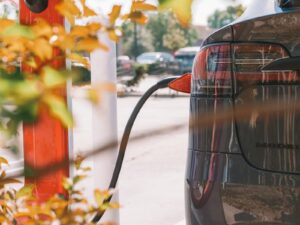

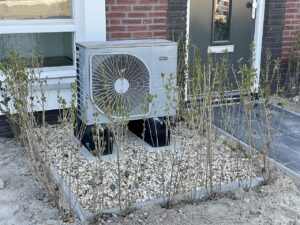 Heat pumps work by transferring heat from outside to inside a home (or vice versa), providing both heating and cooling options. This versatility makes them particularly suitable for Texas’s varied climate, which can fluctuate from hot summers to chilly winters. The efficiency of heat pumps comes from their use of electricity to move heat rather than generate it, making them more energy-efficient and environmentally friendly compared to conventional HVAC systems.
Heat pumps work by transferring heat from outside to inside a home (or vice versa), providing both heating and cooling options. This versatility makes them particularly suitable for Texas’s varied climate, which can fluctuate from hot summers to chilly winters. The efficiency of heat pumps comes from their use of electricity to move heat rather than generate it, making them more energy-efficient and environmentally friendly compared to conventional HVAC systems.
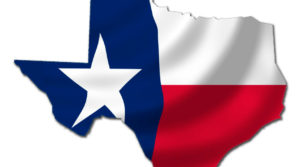
 If you were old enough to remember the television serials of the 1980’s, then you know the city of Dallas, Texas. Of course, Dallas isn’t just oil tycoons, men in cowboy boots, and famous cheerleaders. Dallas is a city that brings together four major highways and boasts the busiest airport in North America. In short, you will find a lot of different people, places, and things in Dallas, Texas. Whatever you need, Dallas can provide.
If you were old enough to remember the television serials of the 1980’s, then you know the city of Dallas, Texas. Of course, Dallas isn’t just oil tycoons, men in cowboy boots, and famous cheerleaders. Dallas is a city that brings together four major highways and boasts the busiest airport in North America. In short, you will find a lot of different people, places, and things in Dallas, Texas. Whatever you need, Dallas can provide.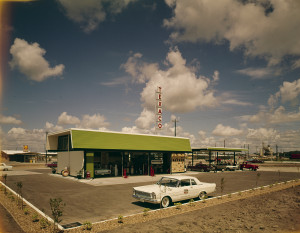 Car insurance in Texas is
Car insurance in Texas is 